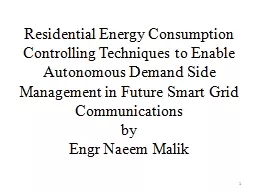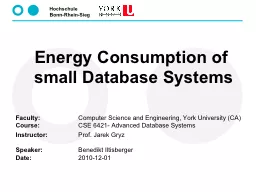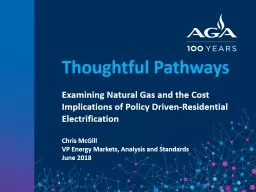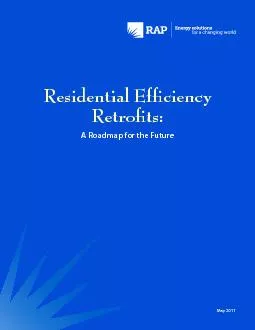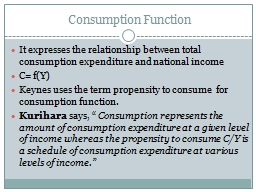PPT-Residential Energy Consumption Controlling Techniques to En
Author : test | Published Date : 2016-05-11
Communications by Engr Naeem Malik 1 Abstract Increasing demand of consumers have affected the power system badly as power generation system faces a number of
Presentation Embed Code
Download Presentation
Download Presentation The PPT/PDF document "Residential Energy Consumption Controlli..." is the property of its rightful owner. Permission is granted to download and print the materials on this website for personal, non-commercial use only, and to display it on your personal computer provided you do not modify the materials and that you retain all copyright notices contained in the materials. By downloading content from our website, you accept the terms of this agreement.
Residential Energy Consumption Controlling Techniques to En: Transcript
Download Rules Of Document
"Residential Energy Consumption Controlling Techniques to En"The content belongs to its owner. You may download and print it for personal use, without modification, and keep all copyright notices. By downloading, you agree to these terms.
Related Documents

